The content of the article
Legends can be said about the beneficial properties of olive oil. Regular use of the composition normalizes the activity of the digestive, vascular and cardiac systems. By its nature, olive oil is considered an excellent source of antioxidants. This feature does not allow poisons to linger on the walls of internal organs. Useful properties of the product include improving the activity of the brain, speech apparatus, and immunity. To enjoy all the delights, it is important to choose the olive oil correctly.
Step number 1. Labeling Olive Oil
Three types of oil are supplied to the shelves of domestic stores. Consider each type in order.
- "Virgin." Category of natural and best olive oil.
- "Refined." Marking indicates that the composition has been previously cleaned (refined).
- "Romace." This type of composition belongs to the economy segment. Oil is made from oilcake - pre-squeezed olives.
If you wish to purchase high-quality olive oil, look at the label for the mark “Extra Virgin”. It is this marking that indicates the highest grade of purchased composition.
Natural oil of this kind is produced by the cold cycle (spin), while only high-quality olives are used. The products are prepared mechanically; no impurities are added to the composition.
The composition of “Extra Virgin” is suitable both for dressing salads and other culinary purposes, as well as for carrying out skin care procedures (hair, nails).
If you plan to cook fried dishes in oil, look for the tag “Refined”. The lowest category oil (“Romace”) is prepared with the addition of chemistry and heat treatment. It is used in large public catering for the preparation of flour products.
Step number 2. Classification of Olive Oil
Each type of oil has its own classification, which is determined by the level of acidity and other nuances. Let's talk about everything in order.
If you want to get a natural oil with an excellent taste without dyes, additives, impurities and other chemicals, look for the mark “Extra-virgin Olive Oil”. You are guaranteed to purchase a 100% natural product with an acidity level of about 0.8%.
Unprecedented taste is possessed also by Virgin Olive Oil oil. It is also 100% natural, but has a higher acidity (about 2%).
Some manufacturers want to lower the price of their products, so they supply a composition of refined and natural oils. Products are marked “Pure Olive Oil”.
If we talk about the average odorless oil, the label has a classification of “Olive Oil” (without additional words). The composition is prepared from natural and refined oils. The acidity of such products is not higher than 1.5%.
As mentioned earlier, oilcake is most often used for baking. In this case, the classification will be labeled “Olive-Romace Oil”. Some manufacturers mix pressed olive oil with a completely natural product, this does not change the mark.
There is a type of oil that has found application only in large-scale industry. It is sometimes delivered to stores, so you should be careful and not chase the cheapness. Avoid tagging Lampante Oil.
Step number 3. The acidity of the composition
To buy a quality product, it is important to pay attention to the acidity indicator, which is indicated on the back of the bottle. The number means oleic acid. The lower the indicator, the higher the quality of the composition.
If we talk about natural extra-class oil, the acidity level should not exceed the mark of 1%. If we talk about refined (refined) composition, the indicator is 1.5%. Subclass “Virgin” corresponds to a mark of 2%.
Step number 4. Appearance
It is necessary to conduct a "bride" of olive oil. Such a move will allow you to understand whether you need to continue to pay attention to the product you like. The hue of the composition depends on various aspects. This includes the presence or absence of impurities, the age of the olives and their ripening, the period of fruit collection, etc.
A good olive oil has a golden color, which can slightly “play” with other colors. If the composition is gray or strong yellow, then the oil is of poor quality.
This recommendation is relevant only if olive oil is supplied to store shelves in transparent glass bottles. This happens extremely rarely, since manufacturers often produce oil in dark containers.
Step number 5. Price policy
It is known that olive oil has a fairly high cost. Even the “cheapest” product for some will seem expensive, and this is not surprising.
Processing of olives is carried out mechanically, so the price of the drug exceeds the rate of vegetable oil by 3–7 times.
A quality composition costs about 230-270 rubles per 0.5 liter. This is the middle range, which can vary in smaller and larger sides.
If you are offered to buy oil at a very low price, it makes sense to think about its quality. Perhaps, the storage terms and conditions, transportation methods and packaging are violated.
Step number 6. Manufacturer country
Always give preference to oil from the listed countries so as not to be mistaken with the choice. Be sure to evaluate the manufacturer’s barcode on the label. If the composition is made in the countries of the European Union, the bottle is marked "EU".
To ensure product quality, find the abbreviation “DOP” on the label. It means that the composition was bottled and packaged in the producing country. This feature indicates a high brand standard.
Step number 7. Tara
When choosing olive oil, the correct packaging into which the product is poured is of no small importance. Oil is packaged in glass and tin bottles, while the volume can also be different.
Give preference to the composition in tinted glass, the volume of the bottle should not be more than 0.5 liters. If for some reason you have purchased a larger bottle, pour the oil into small dark bottles and use in portions.
The container may be tin. However, as practice shows, the quality of such oil is much inferior to the drug in a glass bottle. Before buying, evaluate the conditions under which the oil is on the shelves. It should not be exposed to direct ultraviolet rays. Choose a bottle without chips and damage, especially the cover and label.
The selection of the product is carried out by assessing the appearance, level of acidity, price category, classification and packaging. The shelf life of a quality composition usually varies between 16-18 months from the date of manufacture.
Video: how to choose olive oil

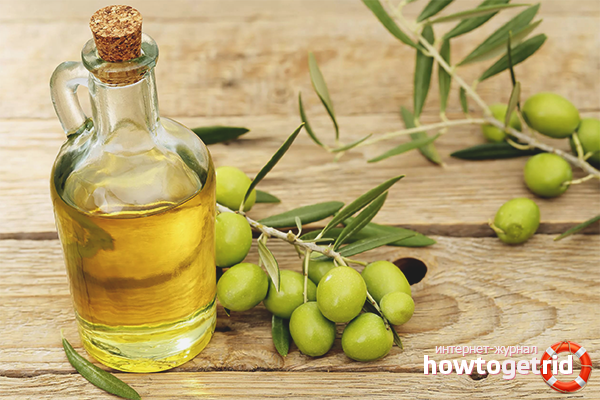
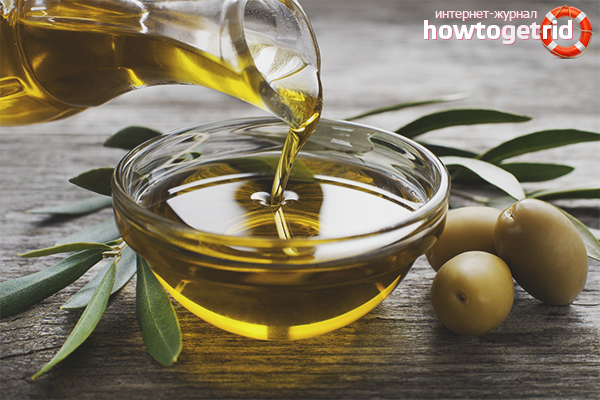
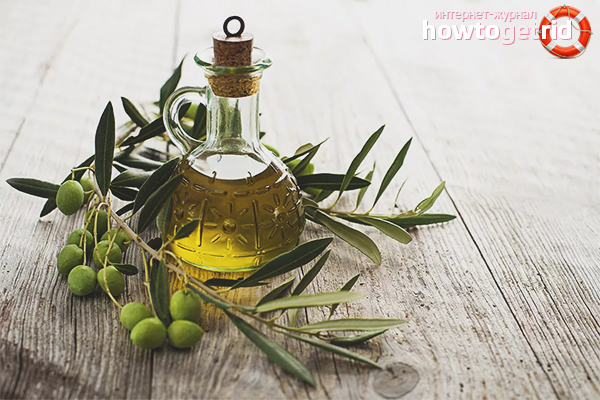

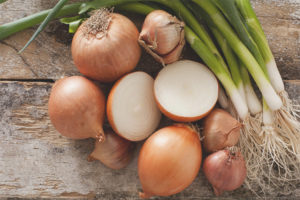
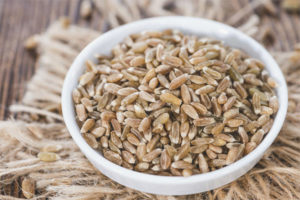
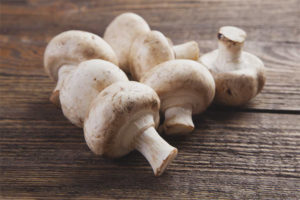
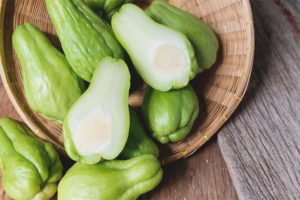
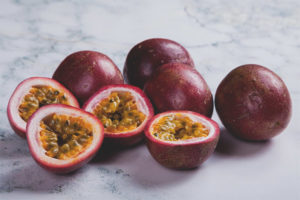
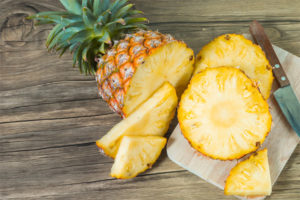

Submit